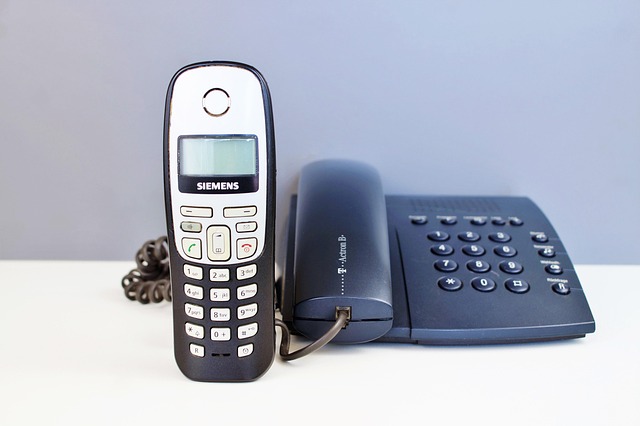Iowa's digital landscape is plagued by cellphone spam calls from automated dialers, often fraudulent, targeting personal information. Combating this requires education, reporting persistent incidents to authorities, and community collaboration to share knowledge about call patterns and blocking methods, collectively reducing spam activities.
In today’s digital age, cellphone spam calls have become a pervasive issue for Iowans. These unwanted calls not only disrupt daily life but also pose potential risks to personal information security. This article guides you through understanding and combating this growing problem. We’ll explore effective strategies, including documenting and reporting incidents, collaborating with community resources, and leveraging technology to reduce the barrage of spam calls on your cellphone.
Understanding Cellphone Spam Calls in Iowa
In today’s digital age, cellphone spam calls have become a pervasive issue across Iowa, much like a labyrinthine symphony of unwanted rings and notifications. These automated voice messages, often promoting scams or misleading services, are a modern nuisance. Iowans may experience them from unknown numbers, targeting their personal information and peace of mind. Understanding the nature of these calls is the first step in combating this problem.
Cellphone spam calls are typically generated through automated dialers that systematically reach out to large numbers of people, often using prerecorded or artificial voices. While some may be legitimate businesses offering valuable services, many fall into the category of fraudsters aiming to trick residents into sharing sensitive data or making purchases they wouldn’t otherwise make. By educating Iowans about these calls and providing channels to report them, the state can enhance its efforts in mitigating this growing problem.
Documenting and Reporting Spam Call Incidents
When facing persistent spam calls on your cellphone, documenting and reporting these incidents is a powerful step in combating this nuisance. Start by saving the phone numbers associated with the spam calls, along with any text messages or voicemail content that serves as evidence. Date and time stamps are crucial, as they provide a clear sequence of events. Additionally, note down any specific patterns or recurring characteristics, such as the frequency of calls, the timing, or any unique call features.
Next, report these spam calls to relevant authorities. Many states have established programs to track and address robocalls and spam. Contact your local consumer protection agency or public utility commission, providing them with the documented details. They can forward this information to the appropriate law enforcement agencies, which will help in tracking down the sources of these unwanted calls. By participating in these reporting efforts, Iowans can collectively make a difference in reducing spam call activities.
Collaborating to Combat Spam Calls Effectively
In the ongoing battle against spam calls, individual efforts alone may not be enough. Iowans can strengthen their defense by collaborating and sharing experiences. When we pool our knowledge about call patterns, common scams, and effective blocking methods, we create a more robust system to combat these unwanted intrusions.
By connecting through online forums, community groups, or local organizations, individuals can learn from each other’s encounters, report suspicious calls, and exchange strategies for blocking and filtering. This collective approach leverages the power of shared information, ensuring that everyone has access to up-to-date tools and insights to protect their cellphones from spam calls.


